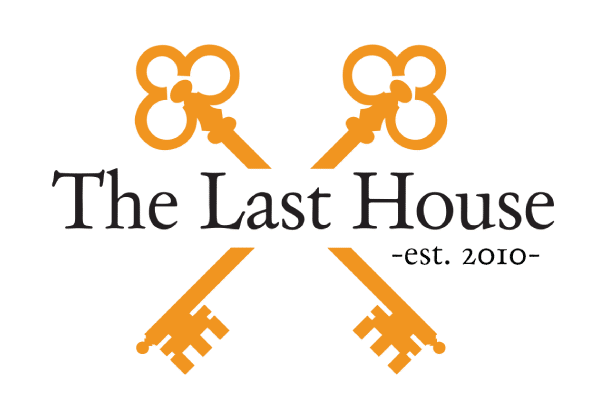The American opioid epidemic is a significant health issue that has reached a crisis level. Along with heroin, opioids have contributed to 75,673 deaths in the United States in a 12-month period ending April 2021. Created as a “safer” alternative to opiates and earlier prescription painkiller medications, opioids have devastated those addicted, their families, and communities across the United States.
With no end in sight, lawmakers and healthcare policymakers have been scrambling to find solutions to stem the tide of this epidemic which claims over 130 lives per day.
This article will discuss the opioid epidemic in America in greater detail. We will dive deeper into what opioids are and why they are so addictive. We will also discuss the origins of the opioid epidemic in America and where you can find help if you are struggling with prescription painkiller addiction.
What are Opioids?
Opioids are a class of synthetic and semi-synthetic medications that doctors commonly prescribe to help patients manage pain from major surgeries and chronic diseases such as cancer. These medications are designed to attach to opioid receptors found in the brain as well as the stomach and the spinal cord. When administered, opioids block pain messages from transmitting through the body. As a result, people on opioid medications feel a tremendous sense of euphoria and relaxation.
Common opioids that doctors prescribe include:
- Oxycontin
- Percocet
- Percodan
- Tramadol
- Fentanyl
- Methadone
Drugs such as heroin and morphine are often included as opioids. While technically known as opiates because they are created from the sap from the poppy plant, they produce the same effect as synthetic opioid medications.
Why Are Opioids Addictive?
There are many people who feel that opioids are “safe” because they are prescribed by doctors and used to treat legitimate medical issues. The reality is that opioids are often more potent than opiate drugs such as heroin. For example, fentanyl is 100 times more potent than heroin or morphine. When people are prescribed prescription painkillers, it is done under strict medical supervision and monitoring by experienced medical personnel. Even under this strict monitoring, people can still become addicted to opioids.
How is this possible?
As stated earlier, opioids attach to specific opioid receptors in the brain. The connection these drugs have to these receptors is like a key to a lock. Opioids release vast amounts of dopamine, which is known as the brain’s own “feel good” neurotransmitter. The area of the brain dopamine targets is the mesolimbic brain region where the “reward centers” life. As a result, the rush and pleasure felt when opioids are taken are extremely reinforcing. People will take more opioids to replicate those feelings.
People will continue to take opioids because the withdrawal symptoms are painful and uncomfortable to endure. Withdrawal symptoms often appear approximately 12 hours after the last done and can include the following:
- Anxiety
- Restlessness
- Insomnia
- Widened (dilated) pupils
- Body aches
- Vomiting
- Belly cramps
- Diarrhea
- Fever
- Rapid breathing
- High blood pressure
- Hallucinations
- Seizures
If people have underlying medical conditions or are taking multiple substances, these withdrawal symptoms can be life-threatening.
History of Opioids and the Opioid Epidemic in America
While opioid addiction in America has been front and center for the past few years, it is not a new phenomenon. The history of the opioid epidemic in America can be traced back to the 1980s. At that time, the general consensus among health providers was that opioid medications were a safer alternative to manage pain.
In the mid 1990s, Purdue Pharma developed OxyContin, which was touted as being a “safe alternative” and was aggressively marketed to healthcare providers. Operating under the philosophy that opioids were only addictive if used recreationally, doctors increased their prescriptions of opioid medications. There were also vulnerabilities in the healthcare system, with many doctors in private practice who could increase income by seeing more patients and prescribing more painkillers.
Between the late 1990s and 2010, there was a gradual increase in opioid deaths because of the ability for users to stockpile medications due to patient privacy laws and the rise of the black market for medications. When laws were changed, and supplies became more restricted, users transitioned to using illicit opioids like heroin because it was more plentiful and inexpensive.
Around 2013, heroin dealers began to cut their products with fentanyl and other fillers. The use of fentanyl in this capacity created an explosion in overdose deaths for several years. This effect is continued to be seen today.
Don’t Become Another Statistic… Call The Last House Today!
The American opioid epidemic has claimed hundreds of thousands of lives. If you are struggling with opioid addiction, today is the day to get professional help. Located in Santa Monica, CA, The Last House is a premier men’s sober living program in Southern California.
With three decades of cumulative experience, our treatment staff has a proven track record of helping those in the grip of opioid addiction. No matter the severity of your addiction, our individualized treatment programs will give you the tools and support you need to overcome your opioid addiction for good.
Call The Last House today and begin your recovery journey.


Leave Your Comment